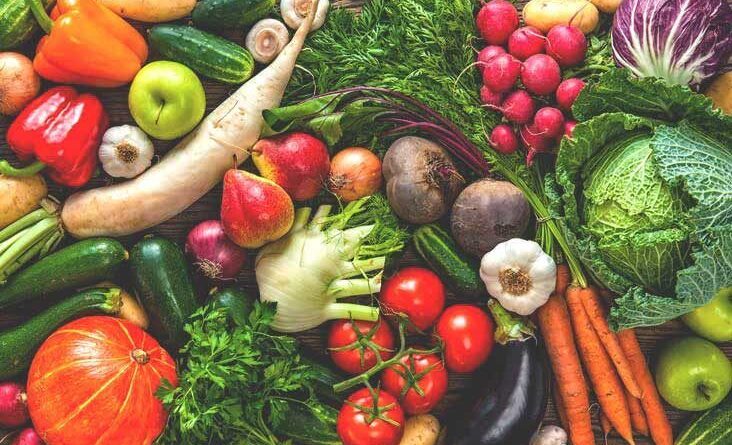Understanding the Difference Between Fruits and Vegetables in Nutrition
Many meal preparers don’t fully understand the difference between vegetables and fruits in terms of nutrition
Almost everyone knows that eating fruits and vegetables is good for health and beneficial to our bodies. However, it’s clear that some people confuse vegetables with fruits or vice versa.
In this article, we will explain the difference between vegetables and fruits, highlight some vegetables often mistaken for fruits, and vice versa.
The difference between vegetables and fruits
The distinction between vegetables and fruits can be viewed from two perspectives: “botanical” and “culinary”.
– Botanically, a fruit is the part of a plant that develops from a flower and contains seeds, which may grow into new plants. Fruits form after the flower has been fertilized and the ovary matures into a fruit. Inside the fruit are seeds, though not all fruits have seeds that can germinate.
–Culinarily‘- fruits and vegetables differ primarily in taste. Fruits are generally sweet, eaten raw, or used to make juices (although some vegetables are also eaten raw). Vegetables, on the other hand, are not sweet, often cooked (although some are eaten raw as well), and generally lack sugar content.
Fruits often mistaken for vegetables
Despite the explanations above, some fruits are frequently mistaken for vegetables due to their taste. Examples include:
– Avocado
– Cucumber
– Olive fruits
– Pumpkin
– Broccoli
Vegetables often mistaken for fruits
While many fruits are mistaken for vegetables, fewer vegetables are confused with fruits, though it still happens. The primary example is “tomatoes”. Botanically, tomatoes are fruits because they develop from the flower and are eaten raw. However, their taste places them in the category of vegetables.
Nutritional differences
In terms of nutrients, both fruits and vegetables have a lot in common, with minor differences in quantity. Both are rich in minerals, vitamins, fiber, and antioxidants. They are also low in sodium and fat.
However, due to their sweetness, fruits typically contain more sugar and calories than vegetables. For instance, a cup of apples contains around “65 calories” and “13 grams of sugar”, while a cup of cabbage contains “31 calories” and only “2 grams of sugar”.

